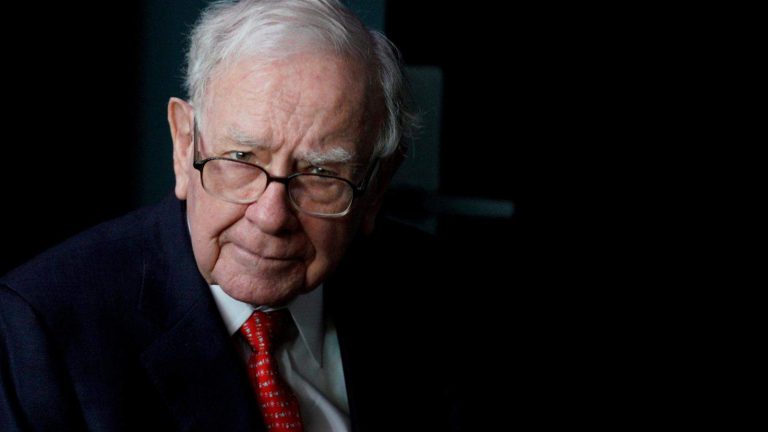The DAX index has remained on edge this month as investors assess the recent Donald Trump election victory and the recent actions by the European Central Bank (ECB) and the Federal Reserve. The blue-chip index, which tracks the 40 biggest companies in Germany, was trading at €19,263, down from the year-to-date high of €19,662.
Trump election and tariff risks
The DAX index has moved sideways after Donald Trump’s victory, which could become a big challenge for German companies.
In his campaign, he promised to deliver substantial tariffs on goods imported from European countries like Germany, France, and Germany. Such tariffs will lead to retaliation from these countries, triggering a lengthy trade war.
Germany and the US have a close trading relationship. Data shows that the US exports goods worth over $70.9 billion to Germany, while the latter sold goods valued at over $153 billion. Some of the top German companies exporting to the US are Volkswagen, BMW, and Airbus.
Still, there are chances that these companies will do well despite of tariffs. Besides, many of them have established substantial locations in the United States. For example, BMW employs over 11,000 employees in the US, while Volkswagen has 10,000.
Federal Reserve and European Central Bank
The DAX index has also reacted to the recent actions by the Federal Reserve and the European Central Banks (ECB).
In the US, the Federal Reserve has embarked on a gradual easing pace, cutting rates by 0.25% in the last meeting. It has now slashed rates by 0.75%, and officials point to more cuts going forward since inflation is on a path towards 2% and the labor market is deteriorating. Economists expect at least four rate cuts between now and December next year.
The European Central Bank has been more dovish because of the deteriorating economy. Germany has remained in a recession, making it the worst-performing major economy this year. Worse, there are signs that the coalition government will collapse in the coming months.
The DAX index does well when the Fed and the ECB are slashing interest rates. Lower rates have historically been good news for stocks since investors move to them from government bonds.
German automobiles in trouble
A closer look at the top DAX index constituents shows that automakers have been the worst performers this year.
BMW shares have crashed by over 32% this year, while Porsche, Volkswagen, and Mercedes-Benz have plunged by 24%, 25%, and 16%, respectively.
These companies have plunged as the automobile industry slows, their electric vehicle brands implode, and as competition from Chinese brands intensifies. Most of them have a presence in China, a country whose growth has been slowing.
Other top laggards in the DAX index this year are companies like Bayer, Continental, Deutsche Post, Infineon, Brenntag, Sartorius, and RWE.
On the other hand, the DAX index has had some winners in the past few months. Siemens Energy, which nearly collapsed last year, has surged by 285% in 2024, making it the best-performing company in the index.
Zalando shares have soared by 27%, while Rheinmetall, SAP, and Munich Re have soared by over 97%, 58%, and 25%, respectively. Other notable gainers were Deutsche Telekom, Commerzbank, and Deutsche Bank.
DAX index analysis
The weekly chart shows that the DAX index has been in a bullish trend in the past few years. Recently, however, it has pulled back in the last four consecutive weeks. It has also rising wedge pattern, a popular bearish sign in the market.
The Relative Strength Index (RSI) and the MACD indicators have formed a bearish divergence chart pattern. Therefore, the stock will likely have a bearish breakout in the coming months as the uptrend fades. If this happens, it could retreat to the 100-week moving average level of €17,100
The post DAX index could dive as shares of German automakers implode appeared first on Invezz










